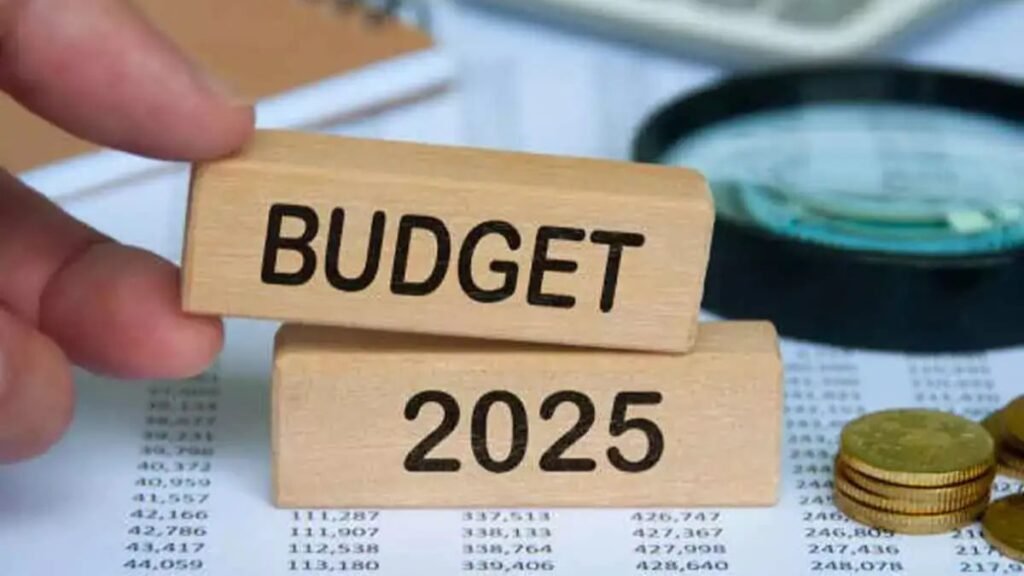Billions in aid for cost-of-living relief in the 2025 Federal Budget: The 2025 Federal Budget has brought relief to millions of ordinary citizens who were troubled by inflation, rising energy prices, high rent rates and rising food prices for the past years. This time the government has allocated an amount of billions of dollars specifically for cost-of-living relief. This relief is designed to directly provide relief to middle class families, pensioners, low-income earners and social security recipients Let us know in detail what is special in this budget, who can take advantage and how this relief will make life easier across the country.
Promise of relief for the people struggling with inflation?
In the last few years, inflation has broken the back of the common people all over the world including Australia. Food, gas and electricity bills, children’s education, health care and rent—the cost of everything has increased drastically. According to the government, this time the budget is a big step towards ‘reducing the living crisis and restoring economic stability’.
Relief amount allocated in the budget: Where will it be spent?
The government has set aside more than $14.6 billion this year specifically for the living relief package. This amount will be used in several major areas:
- Energy bill relief: A fund of about $3 billion has been set aside to discount the electricity bill of low-income families, pensioners and beneficiaries.
- This will provide relief to millions of people from rising electricity and gas bills.
- In some states, eligible people will be given a direct reduction of $250 to $500.
- Medicare and health relief: The prices of medicines have been reduced and more medicines have been made cheaper under the PBS (Pharmaceutical Benefits Scheme).
- GP visits have been subsidised to make it easier for people to access primary healthcare.
- Affordable rents and housing support: The Government has released an extra $2 billion to build affordable housing and subsidise rents.
- Priority is being given to single parents, the elderly and people with disabilities.
- Centrelink benefits and income support: Recipients of JobSeeker, Youth Allowance and Parenting Payment have had their allowances increased by up to $40 weekly.
- The payment age limit for single parents has been raised from 8 to 14.
- Education and childcare support: The scope of the childcare subsidy has been extended to help parents return to the workplace.
- Education grants have also been increased to provide relief to low-income students.
Who is eligible?
Most budget relief schemes are means-tested, meaning they will only be available to people who fall within certain income and asset limits.

Eligible beneficiaries include:
- Low-income families
- Pensioners and people receiving disability benefits
- Single parents
- People who are unemployed or in part-time employment
- Parents assisting with childcare
How to get relief?
The government has arranged for eligible citizens to receive relief directly into their accounts, while some schemes require application on Centrelink, Service Australia or state government websites.
General steps to get relief:
- Login to the MyGov portal and update your profile.
- Confirm your Centrelink payment type.
- Check the energy bill subsidy schemes announced by the state government.
- If you are a private tenant, go to the Housing Assistance section and fill out the form.
Common public response:
The common citizens of Australia have welcomed this relief package. Lisa, a single mother from Melbourne, says:
“I was finding it very difficult to make ends meet with my three children, but now the increase in JobSeeker and the child care subsidy have stabilized my financial situation a little.”
Opinion of economic experts:
- Experts believe that this relief package will definitely help the needy immediately, but it is not a permanent solution.
- Professor Alan James (University of Sydney) says
- This relief is a good start, but if inflation is not controlled, this effort may prove to be short-lived.
Is this relief enough?
While the government is considering it as a historic relief package, some critics say that it will only solve superficial problems.
Challenges:
- Some relief is one-time payment
- Eligibility for many schemes is complex
- There may be differences in the availability of assistance in urban and rural areas
Conclusion:
The 2025 Federal Budget signals a significant relief for the general public. This focus of the government on basic necessities like energy bills, food, housing and health will definitely provide relief to millions of people. Although challenges still remain, this step is a strong effort towards overcoming the financial crisis. If you also want to take advantage of this relief, check your eligibility and apply for the relevant schemes in time. More announcements are possible in the coming days, so it is important to stay updated on government portals.
FAQs
1. What is the main focus of the 2025 Federal Budget?
A. The primary focus of the 2025 Federal Budget is to provide significant cost-of-living relief for millions of Australians struggling with inflation, energy bills, rent, and healthcare costs.
2. How much funding has been allocated for cost-of-living support?
A. Over $14.6 billion has been allocated for cost-of-living measures aimed at easing financial pressure on low-income households, pensioners, and welfare recipients.
3. Will the energy bill relief be given automatically?
A. Yes, for most eligible recipients, energy bill discounts will be applied automatically through utility providers or state government programs.
4. How much energy bill support will I get?
A. Eligible households may receive between $250 to $500 in annual energy bill discounts, depending on their location and personal circumstances.
5. Are JobSeeker and Parenting Payments increasing?
A. Yes. JobSeeker and other welfare payments will increase by up to $40 per fortnight, and the single parenting payment age cap is extended from 8 to 14 years.







